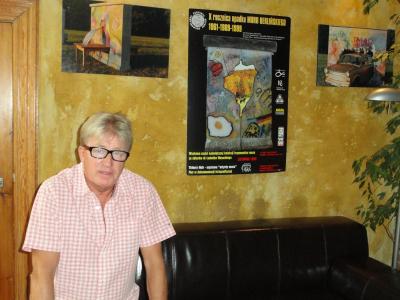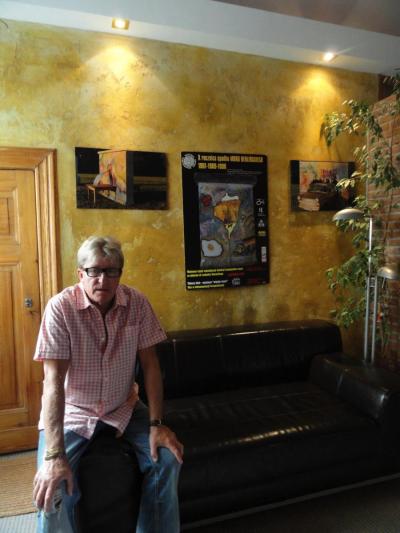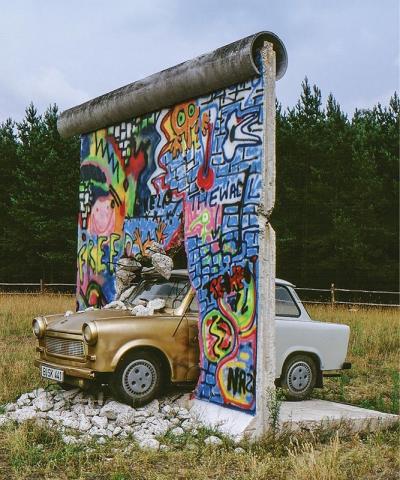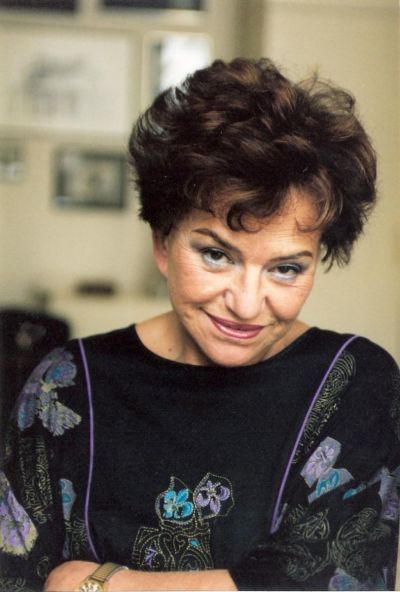The Wall Collector Ludwik Wasecki
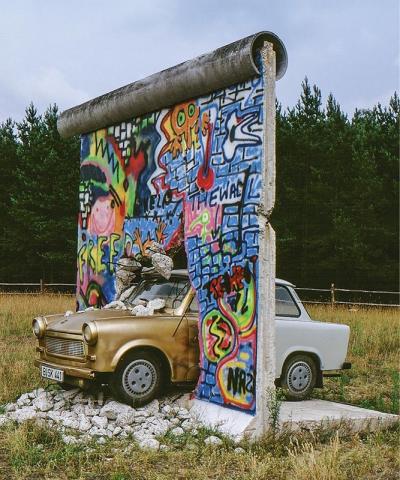
But one year after the fall of the Wall, a lot of money was being asked for its dismantled segments. At the time, one piece made of reinforced concrete was costing around DM 15,000. Wasecki needed five to six segments for his installations. Dr. Hildebrandt proved very helpful in acquiring the segments. He introduced Wasecki to Hagen Koch, a former Stasi officer and cartographer, who had sketched the very first line of the wall in August 1961 and then actually brought it into being. Ironically, after the fall of the Wall, he was tasked with demolishing the shameful structure, which divided the City of Berlin for 28 years.
Hagen Koch helped Wasecki to acquire the first six Wall segments against a donation to the museum that was headed up by Dr. Hildebrandt. During this period, the former Stasi officer took on the task of organising the memorial to the structure by collecting documents about the construction of the Wall in his private apartment, including operational documents about state security. Soon afterwards, a lorry carrying sixteen tons of heavy load set off for Wasecki’s private meadow in Sosnówka in the Oleśnica district, forty kilometres north of Wrocław. But before the six fragments of the Berlin Wall could get there, the customs officials at the German-Polish border were faced with a real dilemma – how were they to tax parts of the Berlin Wall? Among the inhabitants of the small town of Sosnówka, the rumour spread that the concrete blocks were to be used to build a luxury hotel. But Wasecki’s art installations rose up on the meadow instead.
In 1991, Rainer Hildebrandt informed Ludwik Wasecki of the possibility of getting hold of more wall segments. The dentist dreamed of another large-scale installation: in Sosnówka he wanted to erect wall fragments in the form of a parabola. Luck was on his side. In Monte Carlo, the GDR government auctioned a dozen of the concrete blocks which until recently had divided Berlin. Whilst all of them were sold, not all of them were collected, so Wasecki purchased some of them for a symbolic price and took them to Sosnówka. But because he still had too few pieces of the wall to erect a parabola, he slowly bought more fragments. Only when he had around 40 was the parabola able to take shape.
Over time, Ludwik Wasecki became the world’s largest Wall collector outside Berlin. He always stresses that his goal was to realise his artistic visions and not to establish a collection. The Berlin dentist is not planning any more installations for now. But he is happy to make the existing works accessible to the public and presents them at different exhibitions.
Monika Stefanek, June 2018
